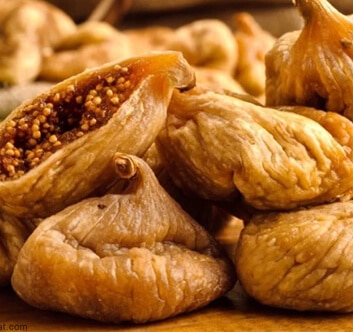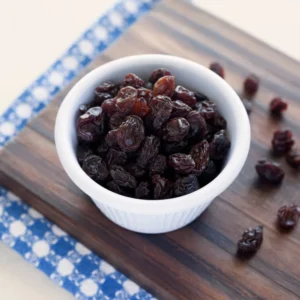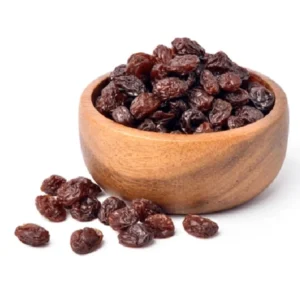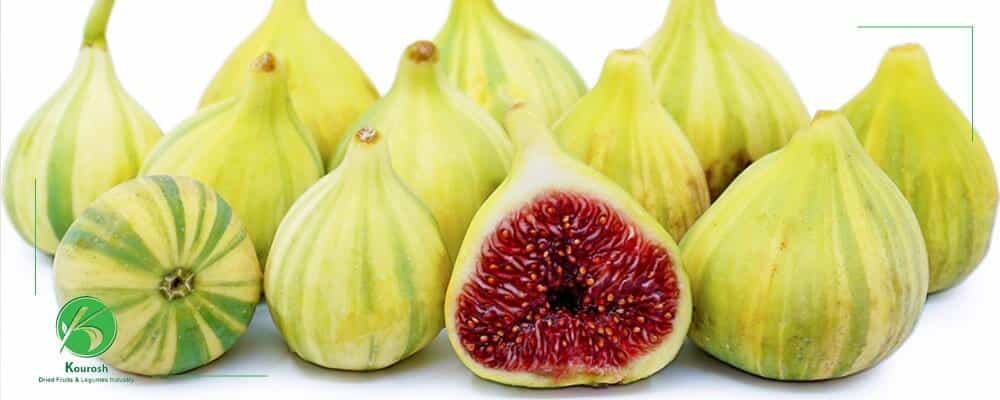
The fig, scientifically named Ficus carica, is a unique fruit of the mulberry family with a drop-like appearance. Figs are one of the oldest fruits grown by humans and put in the daily food basket. They are rich in calcium, iron, fiber and minerals. The fig tree grows in dry and sunny places and is native to Asia Minor and the Mediterranean region. They can be eaten fresh or dried. This article focuses on the benefits of this useful and ancient fruit. If you are like to have more information about figs, you can read other articles of ours or ask your questions through the Contact Us page to be answered by our experts in the shortest possible time.
What is a fig?
Fig fruit is very popular because of its honey flavor and delicate texture. It may be interesting to know that figs are not considered fruit in botany. They are actually flowers and some species of it depend on fig bees for pollination. In contrast, there are species of this plant that are self-pollinating. There are over 750 different species of figs. Fig fruit is the size of a thumb and is full of small seeds. It has an edible green or purple skin. It has a pink flesh with a sweet and unique taste. Figs usually become ripe and ready to eat in late spring and early fall. The crop harvested in the fall is more productive, with a thicker skin and sweeter taste than the first-turn crop. Figs are a valuable source of calcium and play a role in bone strength. They also contain potassium and prevent high blood pressure by balancing the amount of sodium in the body. The high fiber in figs helps beneficial intestinal bacteria and plays an important role in gastrointestinal health and can give a person satiety feeling for a longer period of time. They have long been used as a laxative due to their high fiber content. The taste of figs is as pleasant as their smell. However, they taste differently depending on the type. Yet, all types of them have a sweet and moist taste. Fig meat is jelly but not juicy and you can feel the crispness of small grains under your teeth when you eat it. Fresh figs taste almost like honey or berries. However, their sweetness varies from honey-like to relatively mild depending on their type. Some types of them have a caramel flavor. Fresh figs rot quickly and take on a sour taste and smell. They are often dried to be prevented from rotting and to increase their shelf life. Notably, fresh figs have low calories, while Iranian dried fig are rich in sugar and calories.
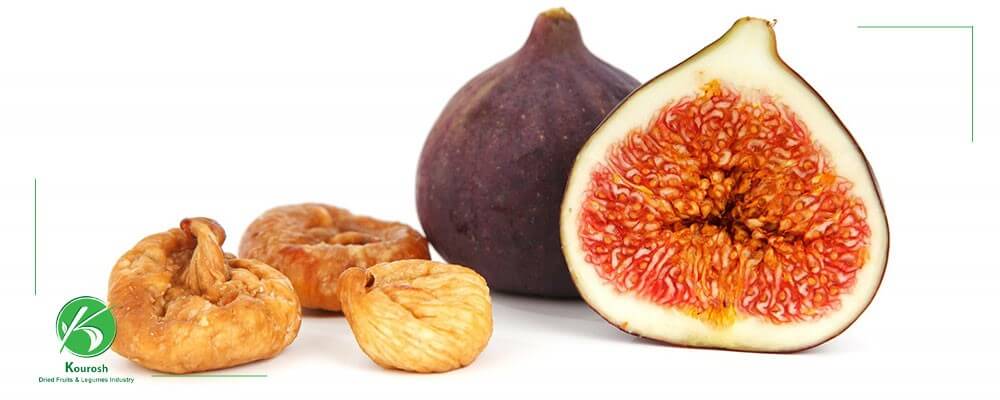
Health benefits of figs
As mentioned previously, figs have many health benefits. Their consumption can help the health of the gastrointestinal tract and heart and is effective in controlling blood sugar levels. Figs are rich in natural sugars, soluble fiber, minerals and vitamins needed by the body. It contains high amounts of potassium, iron, calcium, copper, magnesium and vitamins K and A, and is a rich source of antioxidants. Strengthening the digestive system: Figs contain large amounts of fiber and their consumption is effective in treating constipation. They act as a plant probiotic and are a good source of food for beneficial intestinal bacteria. A study carried out on 150 people with irritable bowel syndrome showed that people who ate 4 dried figs (about 45 grams) per day had a significant reduction in symptoms (pain, flatulence and constipation) compared with those who did not eat dried figs. Improving cardiovascular health: Figs can improve blood pressure and blood lipid levels, which will improve vascular health and reduce the risk of heart disease. Studies performed on mice have shown that consumption of fig extract reduces blood pressure in mice with normal or high blood pressure. It should be noted that more studies are needed to determine the relationship between fig consumption and heart health in humans. Blood sugar control: Studies have shown that beverages containing fig fruit extract have a lower glycemic index than those without it. These results indicate the favorable effect of fig extract on reducing or maintaining blood sugar levels. Keep in mind that dried figs are rich in sugar and their over-consumption is very likely to raise blood sugar levels. Therefore, it is recommended to consume it in moderation.
Anti-cancer properties: Laboratory studies on natural fig leaves and latex have shown their anti-tumor activity in colon cancer, breast cancer, cervical cancer and liver cancer cells. It should be noted that drinking fig leaf tea will not have these effects. Further research is needed to evaluate the effect of fig leaf and fruit consumption on cancer cells in humans. Improving skin health: A study conducted on 45 children with dermatitis showed that daily consumption of cream containing fig fruit extract has a better effect than hydrocortisone in treating the symptoms of this skin disease. Other laboratory studies have also shown that a compound containing fig fruit extract has antioxidant effects on skin cells, reducing collagen breakdown and improving skin wrinkles. However, more research is needed to prove the beneficial effects of figs on the skin. Dried figs, like fresh ones, are an excellent source of dietary fiber and essential minerals such as potassium, iron and calcium. They are also rich in antioxidants. for acquire knowledge of the best dried figs reads this article
Nutritional value of dried figs
Since dried figs have less water than fresh ones, they have higher calories, glycemic index and nutrients than fresh ones. The table below compares the nutritional value of one cup of dried figs with one cup of fresh ones (149 g):

It should be noted that fresh figs have less vitamins and minerals than dried figs.
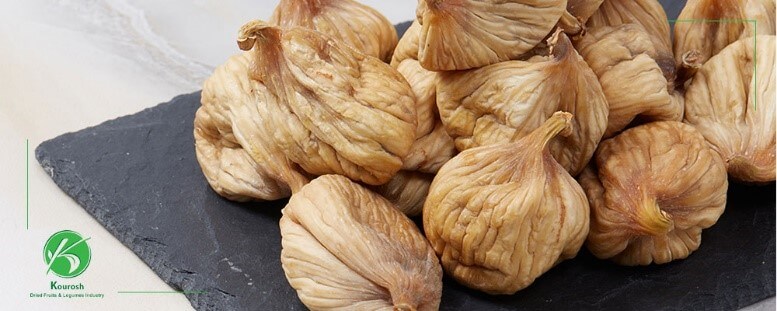
How to use dried figs
Figs can be used as a sweetener in the preparation of sweets, sweet desserts and breakfast cereals. They can also be used in salads and main dishes due to their pleasant smell and taste. The taste of figs is very pleasant in itself, but it can be improved in many ways, which you can try depending on your taste.
1-Grill figs or put them inside chicken belly and cook in the oven. They are caramelized I this way. If you prepare them with nuts or cocktails, you will have a wonderful appetizer.
2-Cook figs with a high flame, so that they become juicier and tastier, especially if you use raw figs.
3-Cut dried figs into small pieces with a knife and use them with oat and yogurt (or milk) for breakfast. Note that figs will have a very special taste along with cream cheese, and you can pour some chopped dried figs on bread soaked in cheese and use it as a breakfast or snack. 4-To prepare a delicious salad, you can mix chopped figs with vegetables or arugula, blue cheese, chopped bacon and nuts and eat it with vinegar. 5-In preparing cakes and cookies, you can use chopped dried figs to improve their taste and smell. We suggest adding some dried figs to the carrot cake and enjoy its unique taste. Dried figs can also substitute dried apricots and dates in most diets. 6-Another method of using dried figs is to prepare its puree. Put the figs in a bowl of warm water for 10-15 minutes and then put them in a strainer to allow the excess water to drain out. Put the soaked figs in a blender and mix them. If necessary, you can add a small amount of water to the fig puree. To improve the taste of dried figs, you can also soak them in water for one night so that they become softer, juicier and tastier when consumed.

Our products
If reading this article made you interested in using dried figs, you can contact us and order them. The consultants of Kourosh Dried Fruits and Legumes Industry are ready to answer all your questions about different types of figs. You can easily get the figs you like in the desired volume and with the highest quality from us.

